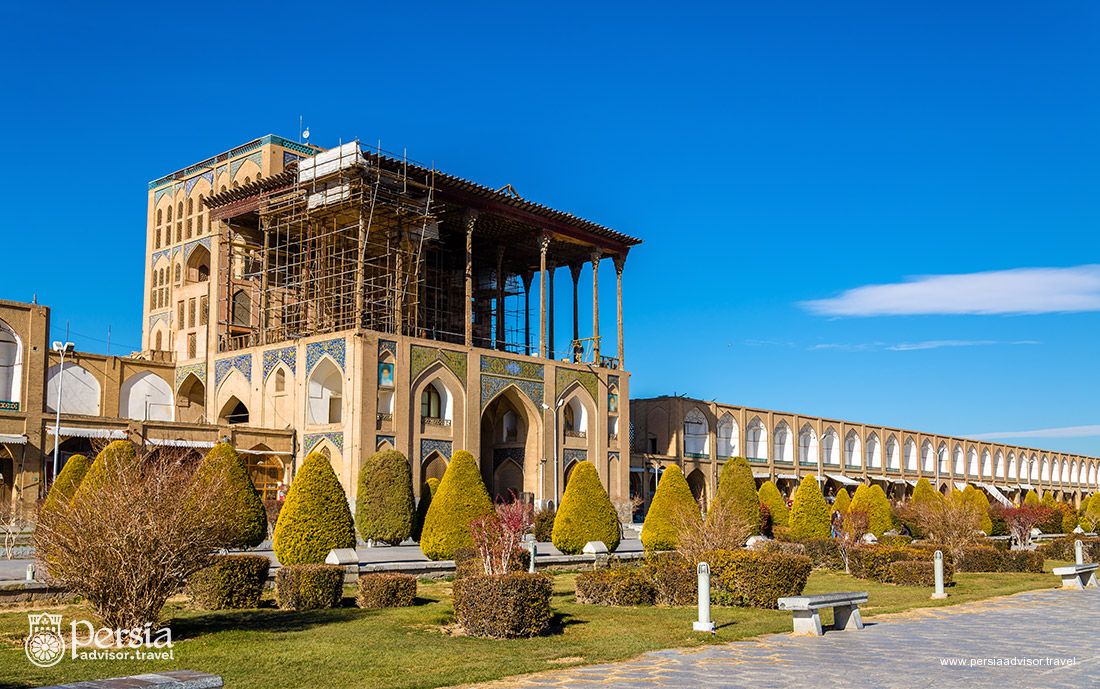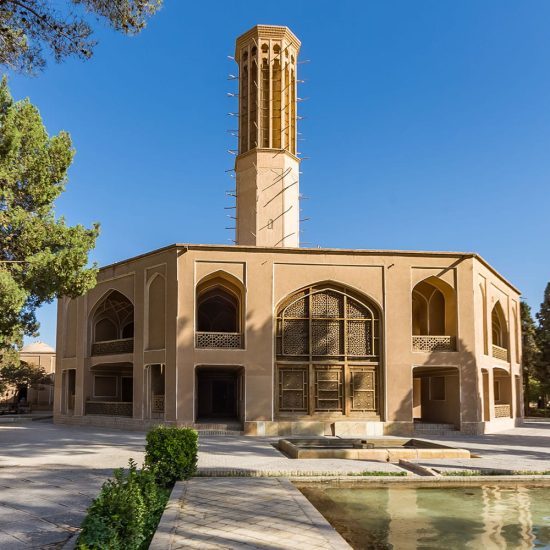
Aali Qapu: A Majestic Historical Landmark in Isfahan, Iran
Located in the heart of Naqsh-e Jahan Square in Isfahan, Aali Qapu is a stunning example of Safavid architecture and a prominent tourist attraction in Iran. This UNESCO World Heritage Site offers visitors a glimpse into Iran’s rich cultural and architectural history. Here’s a closer look at the significance of Aali Qapu and why it’s a must-see for history and architecture enthusiasts.
Aali Qapu: A Royal Palace of the Safavid Era
Constructed during the Safavid dynasty under Shah Abbas I in the 17th century, Aali Qapu was designed to serve as a royal palace and the site of the king’s court. The building is renowned for its impressive size, architectural grandeur, and its historical importance as a symbol of royal power in Isfahan.
Architectural Marvel with Persian, Islamic, and European Influences
Aali Qapu’s design is a seamless blend of Persian, Islamic, and European architectural styles. The intricate tile work, stucco carvings, and frescoes throughout the building demonstrate the craftsmanship of the era. The building’s elevated position offers panoramic views of the surrounding Naqsh-e Jahan Square and the bustling city of Isfahan.
The Music Room: A Wonder of Acoustics
One of Aali Qapu’s most fascinating features is the music room on the top floor. Known for its outstanding acoustics, the room was specially designed to create an incredible sound resonance, making it an ideal venue for royal music performances. The room’s decorative ceiling, adorned with carvings and paintings, adds to its historical allure.
Why Visit Aali Qapu?
Today, Aali Qapu remains a popular tourist destination attracting visitors from all over the world. Whether you’re interested in history, architecture, or simply soaking in the beautiful views, Aali Qapu offers a memorable experience. Its historical significance and unique architectural features make it a must-visit spot in Isfahan.
Aali Qapu continues to be an iconic landmark, symbolizing the grandeur of the Safavid era and contributing to Isfahan’s reputation as a hub for Persian culture and heritage.

